These, then, are they: the cars we consider to be the five greatest BMWs of all, here in recognition of the brand's centenary year.
If you want to see the rest of our top 100 list, click here for the first batch, and here for the second.
We didn’t agonise over choosing the top five; we bent double and writhed around on the floor, banged our heads against the walls and wailed and gnashed our teeth over their inclusion. Actually, that’s not true. The top three were always going to be there (although not necessarily in that order) and probably the fourth-placed car, too. But what should come fifth and, more to the point, which cars should fail to reach this final reckoning drove us almost to distraction.
We knew, for instance, that a sizeable constituency would look at these pages and ask, as one: “Where’s the bloody Batmobile?” Were this Classic & Sports Car magazine, the car less well known as the 3.0 CSL would be there. But how could we also exclude all BMW M5s, including the E34-series one, the best of them all? And what about a simple, honest 320d, of almost any generation, the car that has done more to improve the quality of life on the road for more people over a longer period of time than almost any other? We concede the case for it is strong. And so we could go on. We don’t expect anyone, let alone everyone, to agree with our choices, and if by making them we spark a debate, we will welcome it, be it heated or otherwise.
For now, though, let us celebrate those we have chosen, from the very old to the spanking new. What do they share? Well, it might seem hard at first to think that a pre-war 328 and an BMW i3 have anything in common beyond a propeller logo and rear-wheel drive. I beg to differ, though. To me, in the way they use the best available technology to improve life for the driver, they are similar, and the same can be said for the other three cars parked here.
For although it is acceptable and, at times, even desirable for certain manufacturers to trade on their heritage, that was never the way for the best BMWs. There is nothing remotely retro about any of these cars; they stand united in their steadfast forward focus. And if you think an i8 is pretty funky and futuristic, in 1938 a 328 must have been like a time-travelling creature from a far-off planet.
5 BMW i3
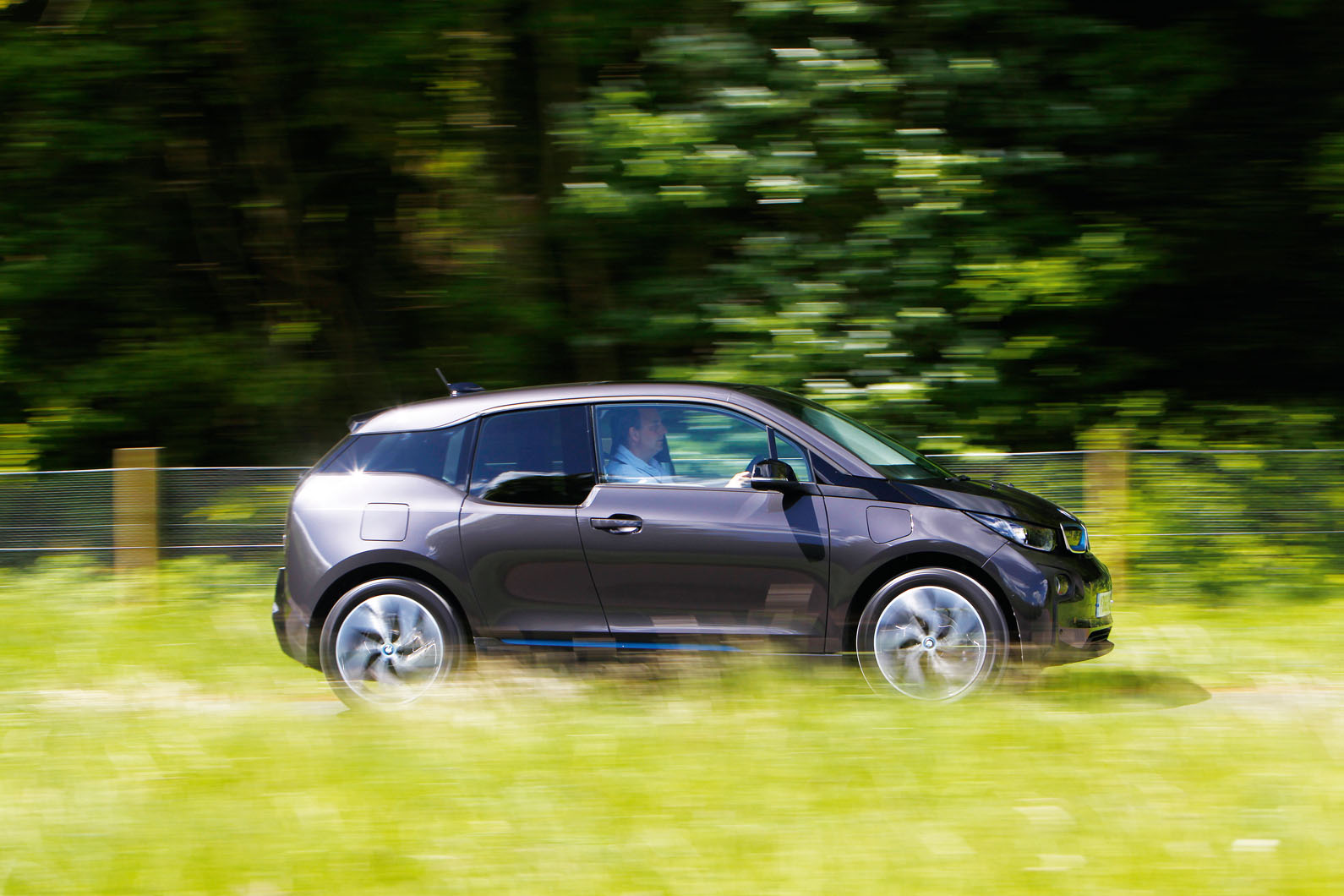
To some, it looks a little odd, and to many, too odd in appearance and operation to seal the deal, despite the massive advantages in running and taxation costs. After the early adopters filled their boots, sales of the i3 have not been what BMW would have liked. But sales success is no measure of greatness; the McLaren F1 was a total sales disaster and that hasn’t done too badly since. Nor, for that matter, has the BMW M1.
So, no, the BMW i3 is not for everyone and, yes, it has its limitations, mainly related to its range, but the time will come when we are sitting in our largely electric and occasionally range-extended future, relieved that it’s nothing like as dull as we feared it might be, and we will look at the i3 as the car that showed us the way.
The efforts BMW has gone to with this car beggar belief. Electric cars are heavy, right? Not this one. The i3 is the lightest car BMW makes. Thank its carbonfibre core for that. A carbonfibre-clad BMW on sale for not much more than a fully loaded Toyota Avensis – or less if you count the £5000 government grant.
Better than that, the i3 is genuinely good to drive, and you don’t need to qualify that with ‘for an electric car’. By normal standards, by BMW standards even, the i3 is engaging and entertaining.
Its performance from rest is ridiculous, thanks to instant electric torque, its handling making the car chuckable in a way that too few cars of any kind are today.
But it’s not just fun. It’s funky, too. How easy it would have been for BMW to claw back some cash by fitting a 1 Series cabin. We might have even been reassured by its familiarity. But, no, BMW saved some of its most creative content for the shapes and some of the sustainable materials used in its interior. If your ideal is for an environmentally friendly car to brighten up your daily journey to work, an i3 will not only allow you to drive the dream but to live it, too.
4 BMW 328
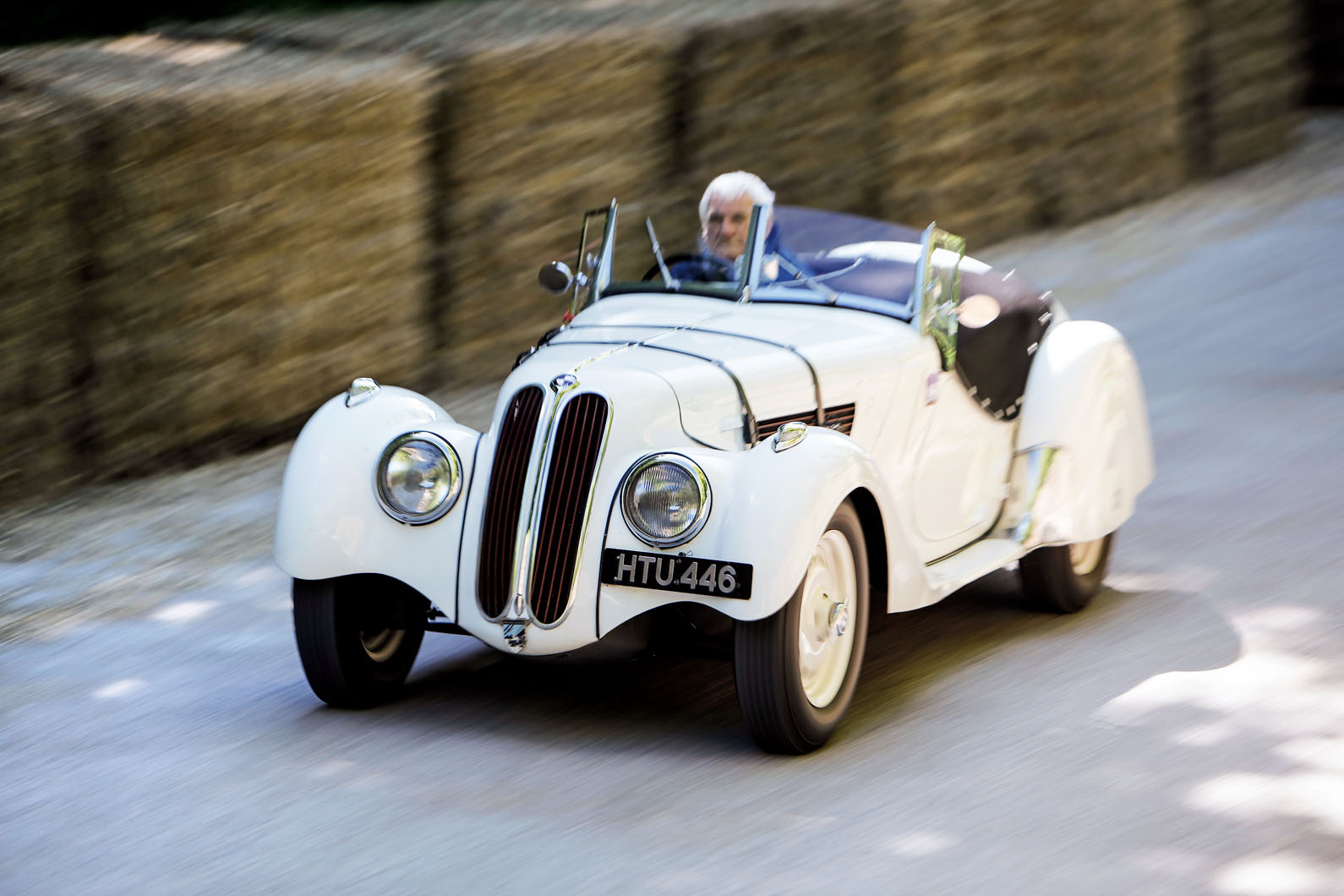
It came from nowhere. Until 1936, BMW had built several good cars – and a few interesting ones at that – but the 328 was something else again, and its influence would last for years, nowhere more so than right here in Britain.
In many ways, the 328 was BMW at its best: pushing at the outer edges of what technology could offer and what its brand could sustain, just like an i8 today. Its chassis was simple, its engine based on an old design. It was what it did with those raw materials that set it apart from everything else and sowed the seeds for a reputation for engineering excellence and innovation BMW enjoys to this day.
Alastair Pugh’s 328 is as good as they get, a beautifully original right-hand-drive example carrying the Frazer Nash badging of its UK importer. That’s the first British connection. Its engine is a 2.0-litre straight six that BMW adapted to include a crossflow head, hemispherical combustion chambers and a unique valve gear system offering most of the benefits of a twin-cam engine with just one camshaft. In 1936, it had 80bhp, which was a respectable output for an engine half as large again. Clothed in super-slippery bodywork and weighing just 800kg, it was enough to guarantee the 328 a top speed of almost 100mph in an era when the cars most people bought struggled to go much more than half that fast.
To drive, it feels like an advanced 1950s design, easy, fluent, fun and even pleasantly rapid. You continually have to remind yourself that its design is 80 years old. As for the other British connections, Bristol ‘saved’ the engine design from the rubble of post-war BMW, ensuring it would live on in Bristol road cars, sports cars and even Cooper and Lister racing cars for years to come. And then there’s the Jaguar link: look at this pre-war 328, then find a picture of a post-war XK120 and tell me one was not inspired by the other.
3 BMW M1
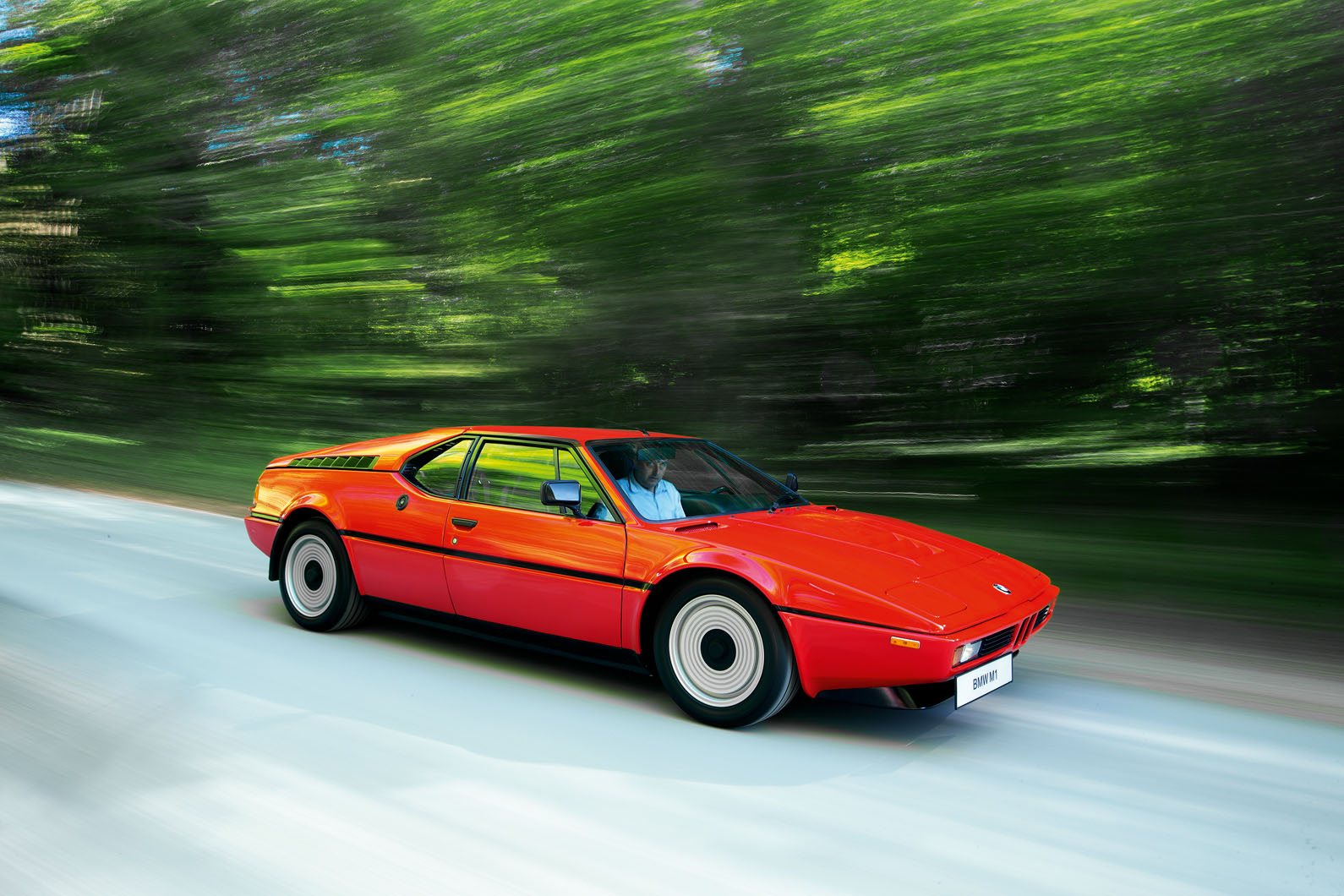
As a car, it was a dead end. As a sales proposition, it was a flop. On the road and especially on the track for which it was originally designed, the M1 was a total failure. Yet this is the first M car and, to date, BMW’s only multi-cylinder, classically configured, mid-engined, rear-drive supercar. And it is wonderful.
Its Giorgetto Giugiaro-penned shape is a perfect wedge of late-1970s style, its Campagnolo wheels design icons in their own right. The cabin, frankly, is a mess, with dreadful switchgear, an absurdly offset driving position and no attempt at style, but even that is somehow pleasingly characterful.
The engine is a masterpiece, the first of BMW Motorsport’s twin-cam 24-valve motors, which will stand for all time among the greatest six-cylinder powerplants. It developed 277bhp from its 3.5 litres (and up to 800bhp in twin-turbo racing guise) and directed it to the road via a five-speed gearbox with a dog-leg first.
It is a car you have to drive fast, because if you just tootle about in it, it feels surprisingly ordinary. It rides well and is quite quiet, but that’s not what this car is about. You have to make it sing, keep the revs high and the gears low and make its chassis work. Then it is simply mesmerising.
It has feel and balance courtesy of its light weight, unassisted steering and skinny contact patches. A properly set-up and sorted M1 can be flung up the road, angled into corners on a trailing throttle and drifted out to the apex. The very thought of even attempting to drive, say, its Ferrari Boxer contemporary the same way is enough to give you the shivers.
It’s such a shame the M1 failed, because had it worked, the family of supercars it would have spawned could have taken BMW in an entirely different direction. In the event, it would be more than 30 years before BMW tried to make another mid-engined car. Happily, and as we shall see, the wait was more than worth it.
2 BMW i8
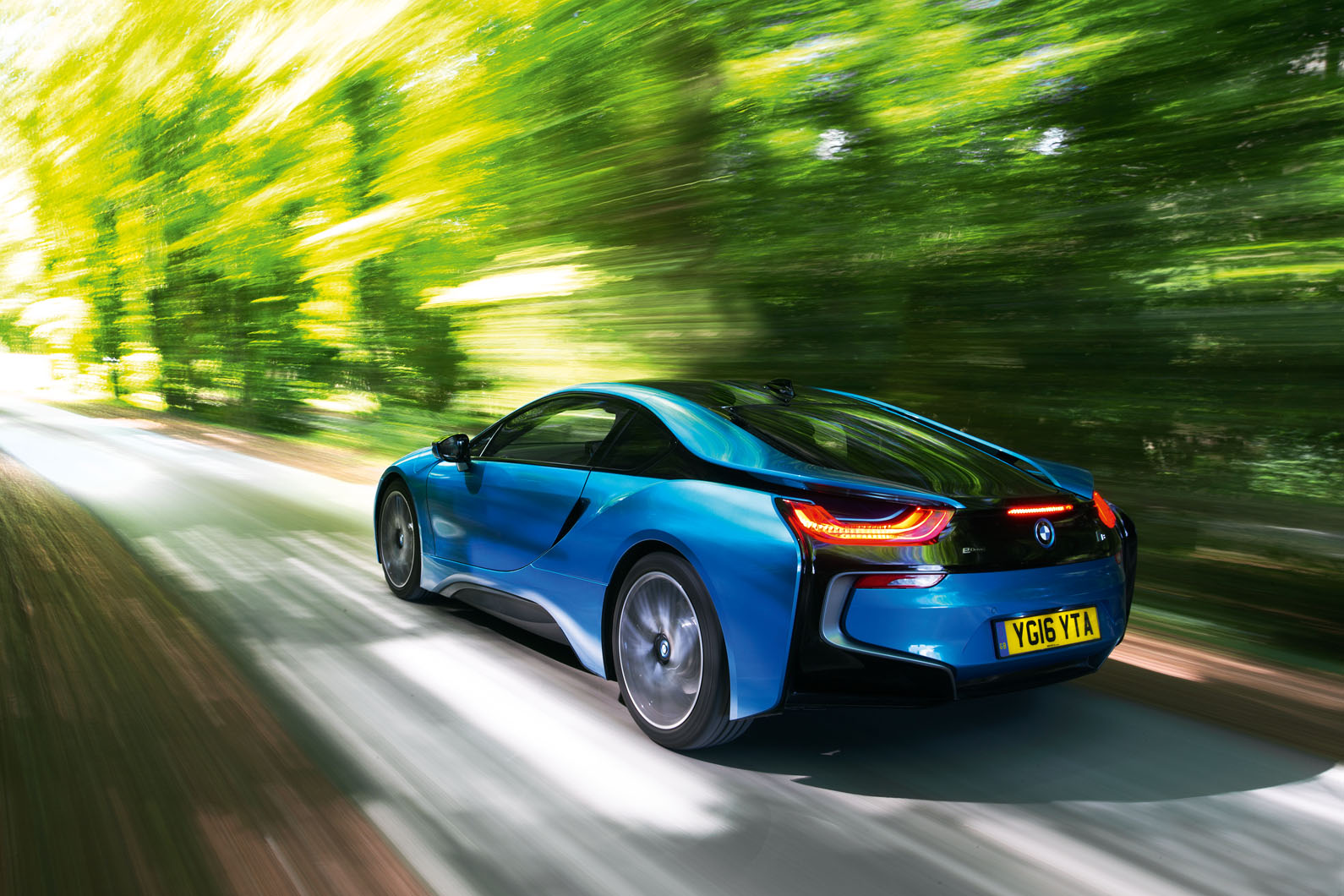
It is so safe to retreat into what we know, but true progress requires breaking new ground in the hope of finding a direction worth travelling in. And it’s so easy to let someone else do it so you can learn from their mistakes before following suit. It takes real vision to be the pioneer, not to say balls of ultra-high-tensile steel.
BMW’s bravery is astonishing. The i8 is a £100,000 junior supercar that relies for its primary power supply on a 1.5-litre three-cylinder engine more usually found in a Mini. Yet if fortune really does favour the brave, the i8 will change the way people perceive BMW, because the resulting car is not just a work of visual art but also an engineering triumph – a feast for head and heart alike and one of the most extraordinary mainstream production cars of this or any era.
Its looks are landmark, proving that avant-garde design and true beauty can walk hand in hand. Its hybrid powertrain allows it to cover up to 24 miles in zero-emissions silence while also boosting that Mini engine to provide performance fully commensurate with its appearance. It sounds incredible yet will do 40mpg all day long. And, unlike any Porsche 911, it has an immensely strong, genuinely lightweight carbonfibre tub. Truly, there is nothing else like it.
Some have said it seems contrived, artificial, a clever confection of components but not a true, pure supercar. To me, that misunderstands its role. The entire point of the i8 is that it is not trying to be like any other car. Indeed, if you want to find another car that tries to balance grand touring ability with sporting aspiration like this, you need to look all the way back to the 1970s and the Porsche 928. But even that sells the i8 short. Its identity is unique, a post-modern, trailblazing pioneer, lighting the road to the environmentally aware fast car future that awaits. And if that future is as good or even better than this, I, for one, fear it not one bit.
1 BMW M3 (E30)
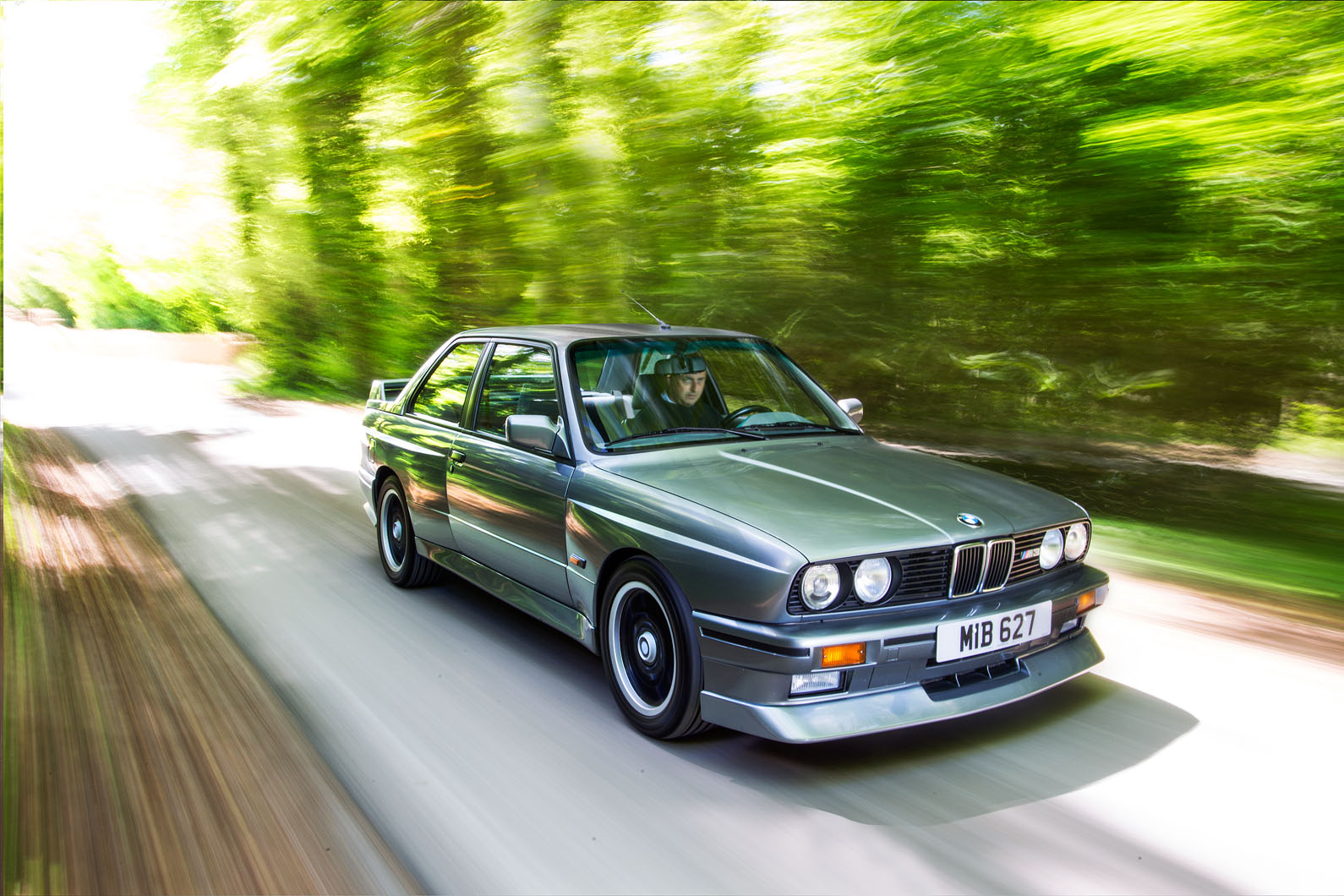
Our apologies for the utter predictability of this choice, but it was always going to be original M3. Only the i8 challenged it, and then only on the grounds that it’s a new car and this is a magazine whose primary business is new cars. But should that make it the best BMW of all time, regardless of everything else? Not to us.
Even in its late-1980s heyday, the M3 was never particularly quick, yet it had this ability to grab you by the heart and cling on, regardless of how many other faster, gruntier M cars came along. Today, you can buy an M5 with three times the 200bhp of the original M3, yet its place at the top of the tree has never looked more secure. Why? Three reasons.
The first is its accessibility. When new, the M3 was almost affordable, it would carry four people in reasonable comfort and had a huge boot. It was a very usable car.
Secondly, and conversely, its roots lay in racing. It’s a proper homologation special with a road-sanitised but full-race engine that was never used in any other car. It has a unique shell, bespoke suspension and a race gearbox. In this regard, it has something over every M car produced since.
Thirdly, it remains a riot to drive. The chassis is exquisite, offering race car balance, it has one of the best power steering systems yet devised and it is more fun on road or track than most sports cars costing twice as much. In its pedigree, the pleasure it gives its driver and the fact you don’t need a special reason to go out and drive it, it encapsulates all we ever wanted a BMW to be. The Ultimate Driving Machine, no less.


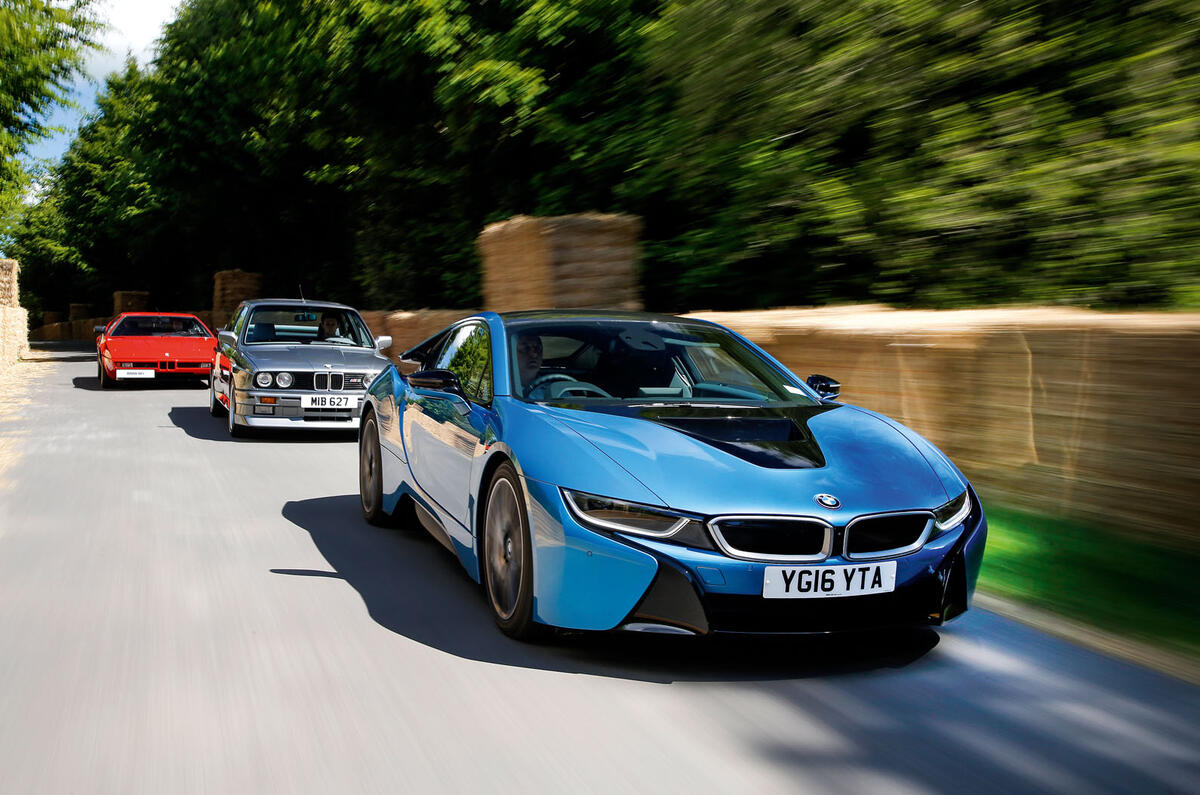
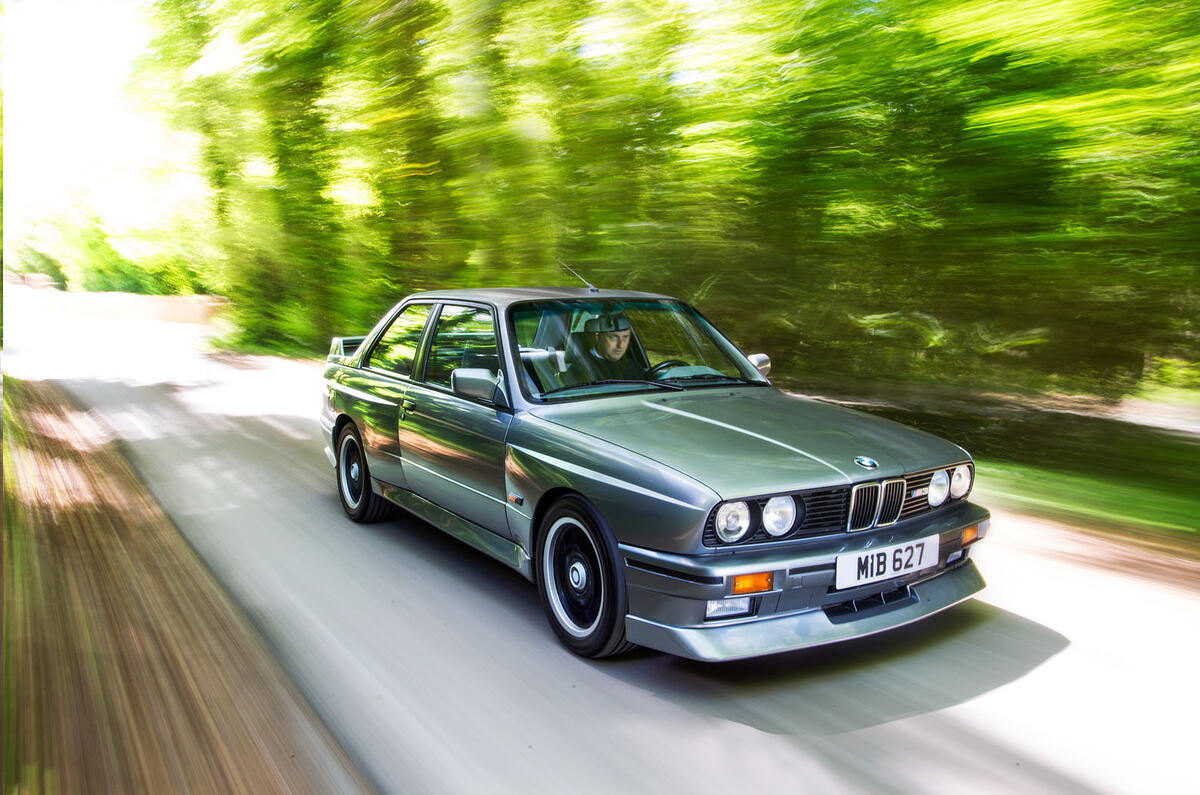
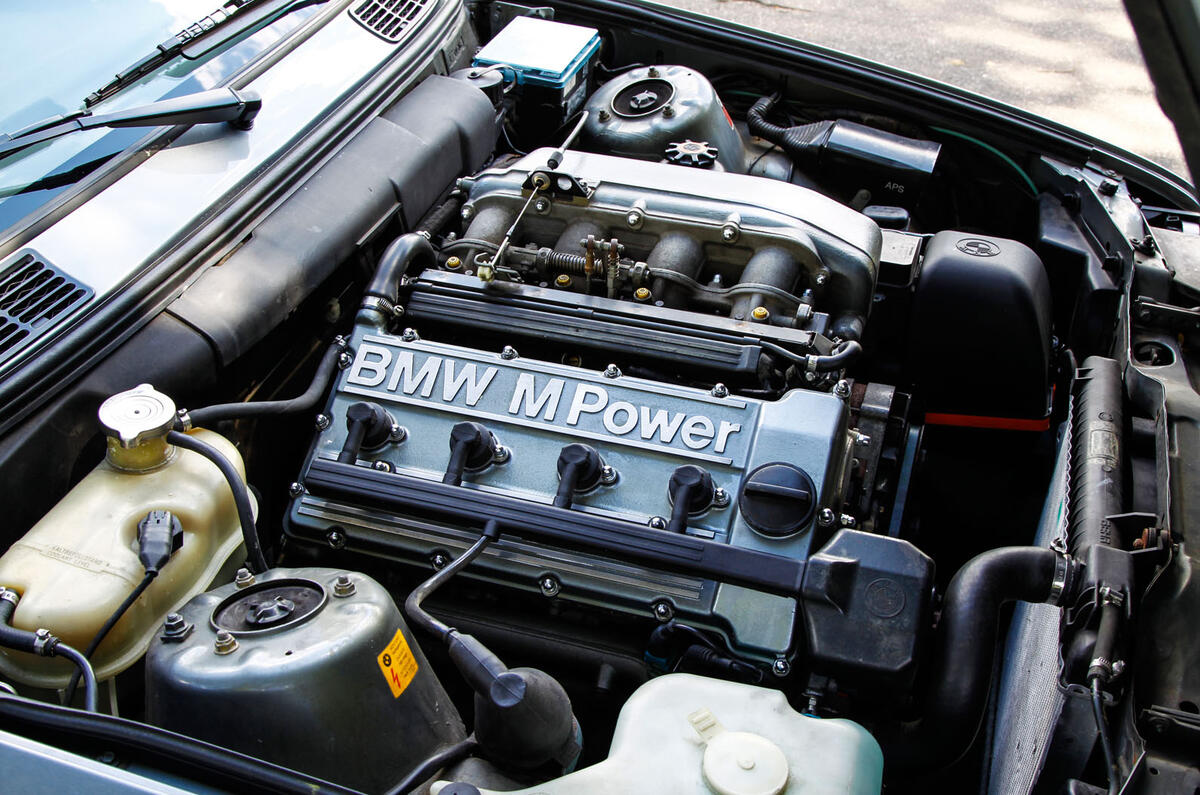
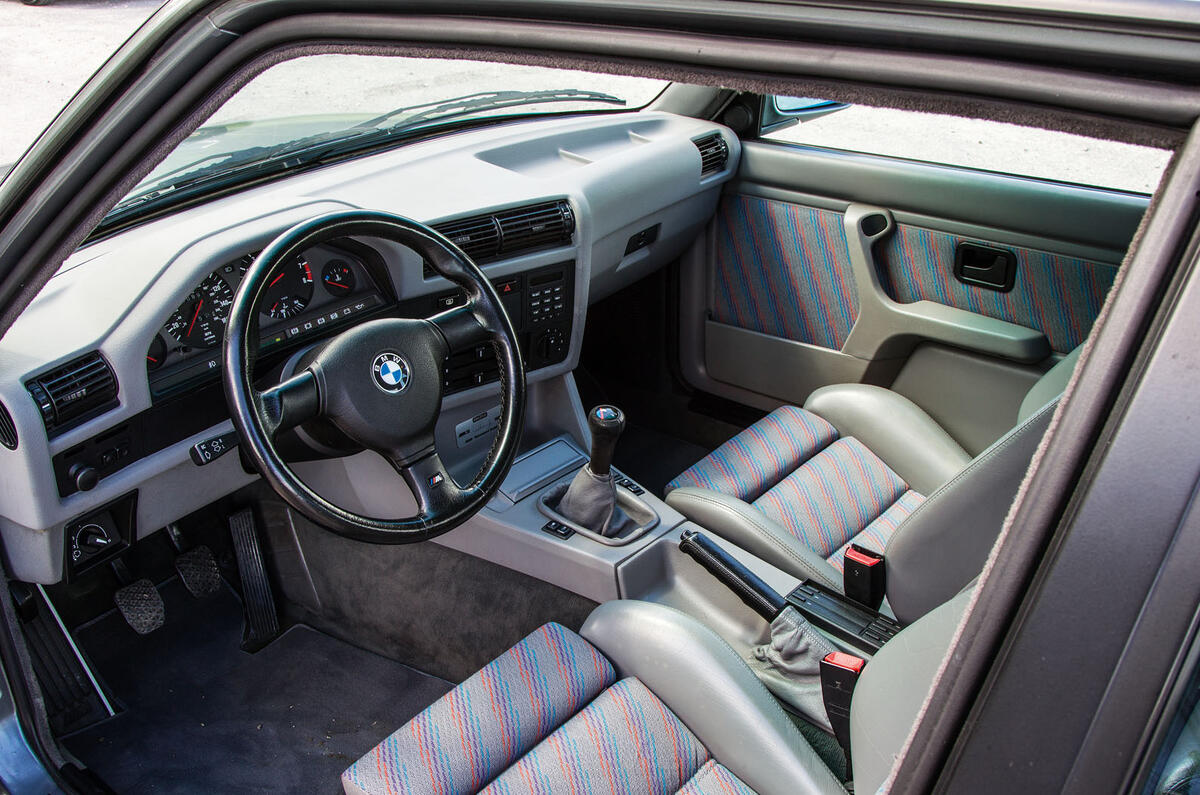
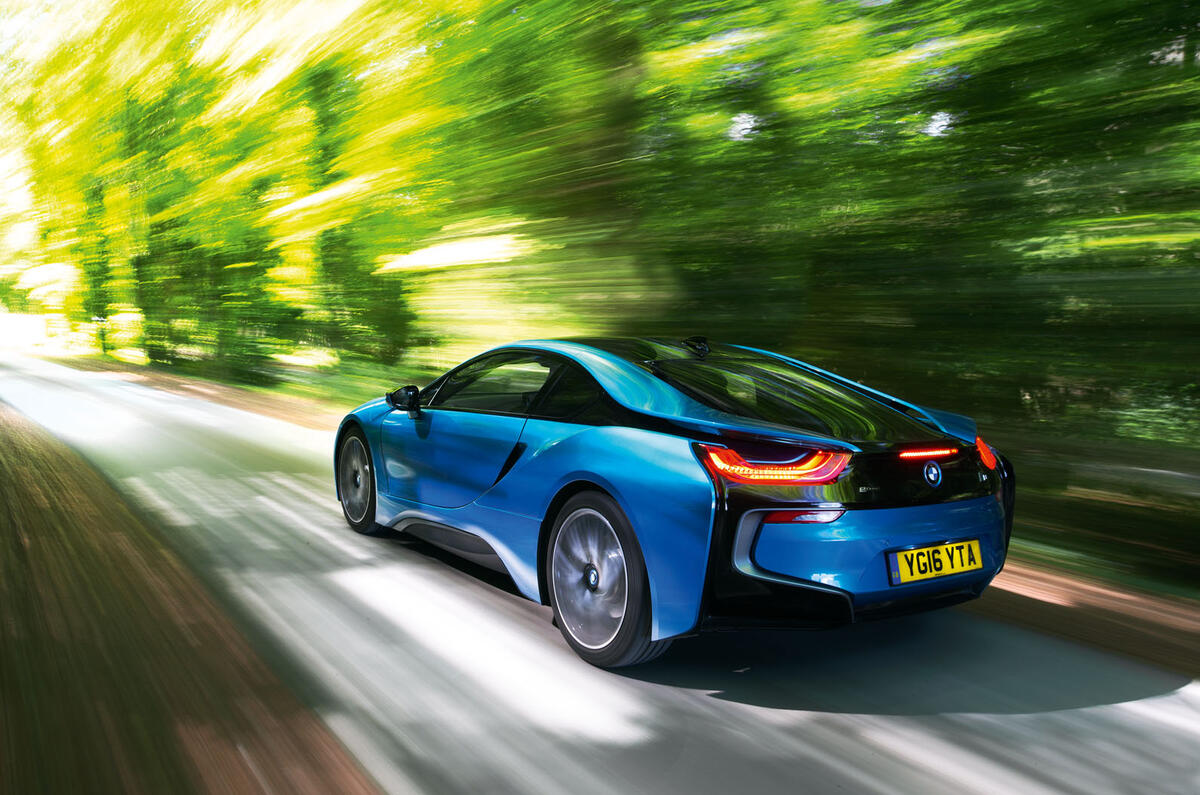
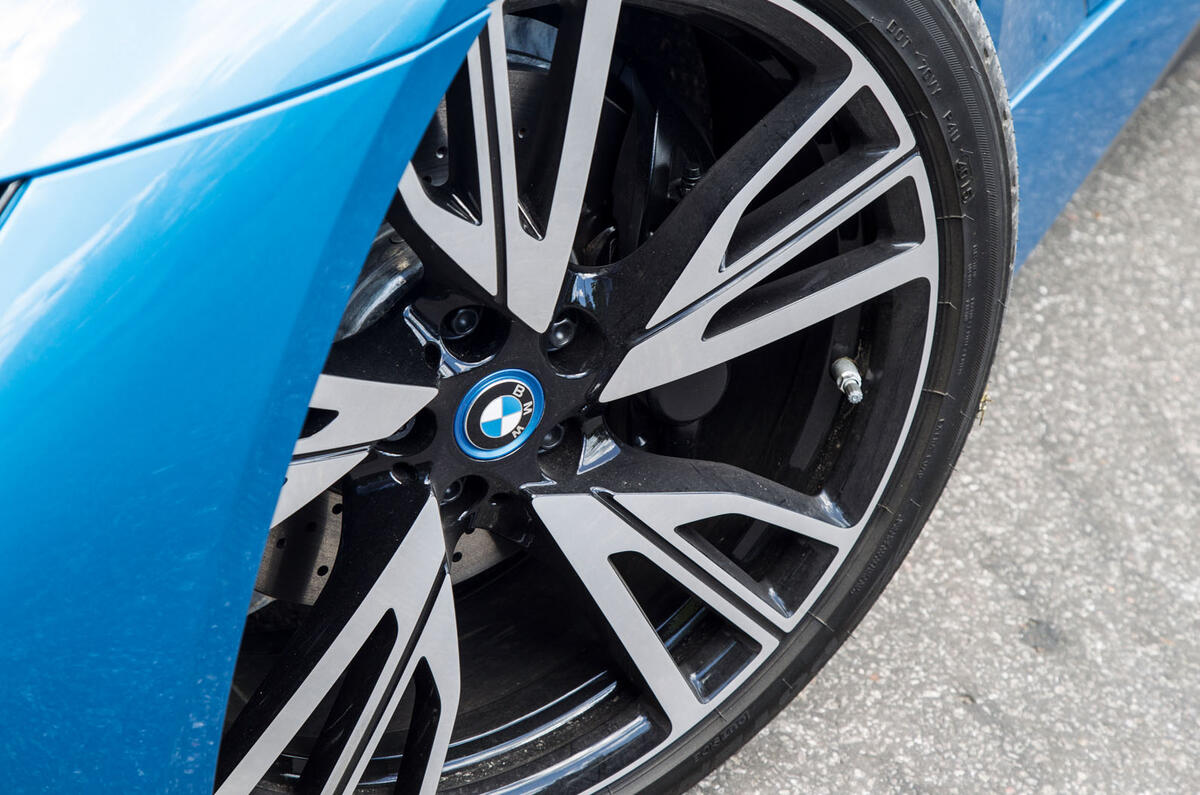
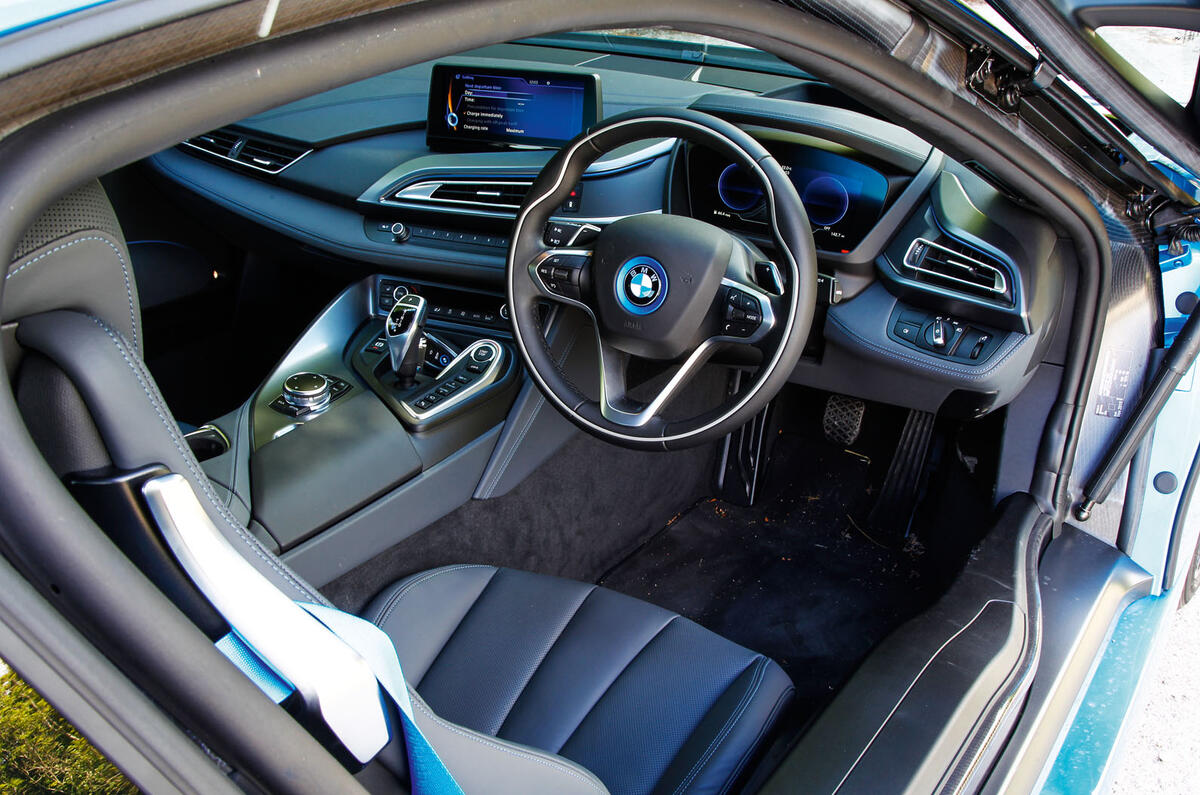
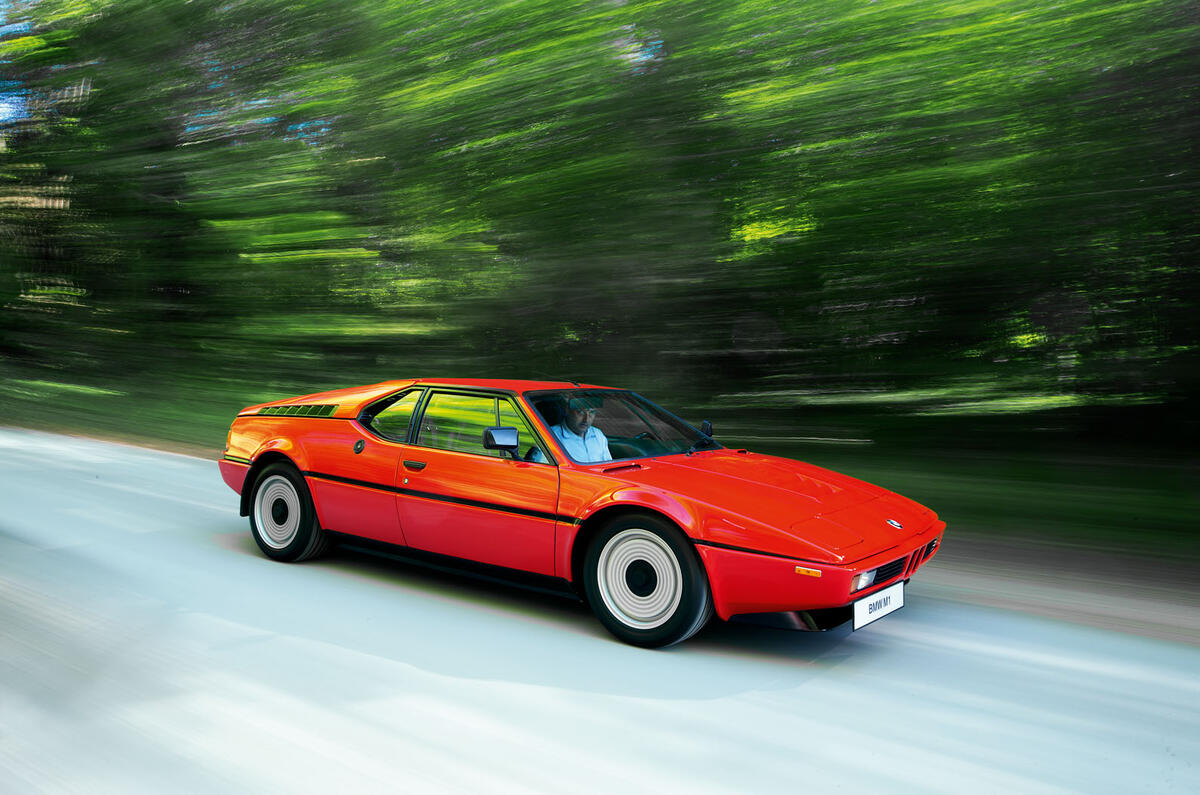
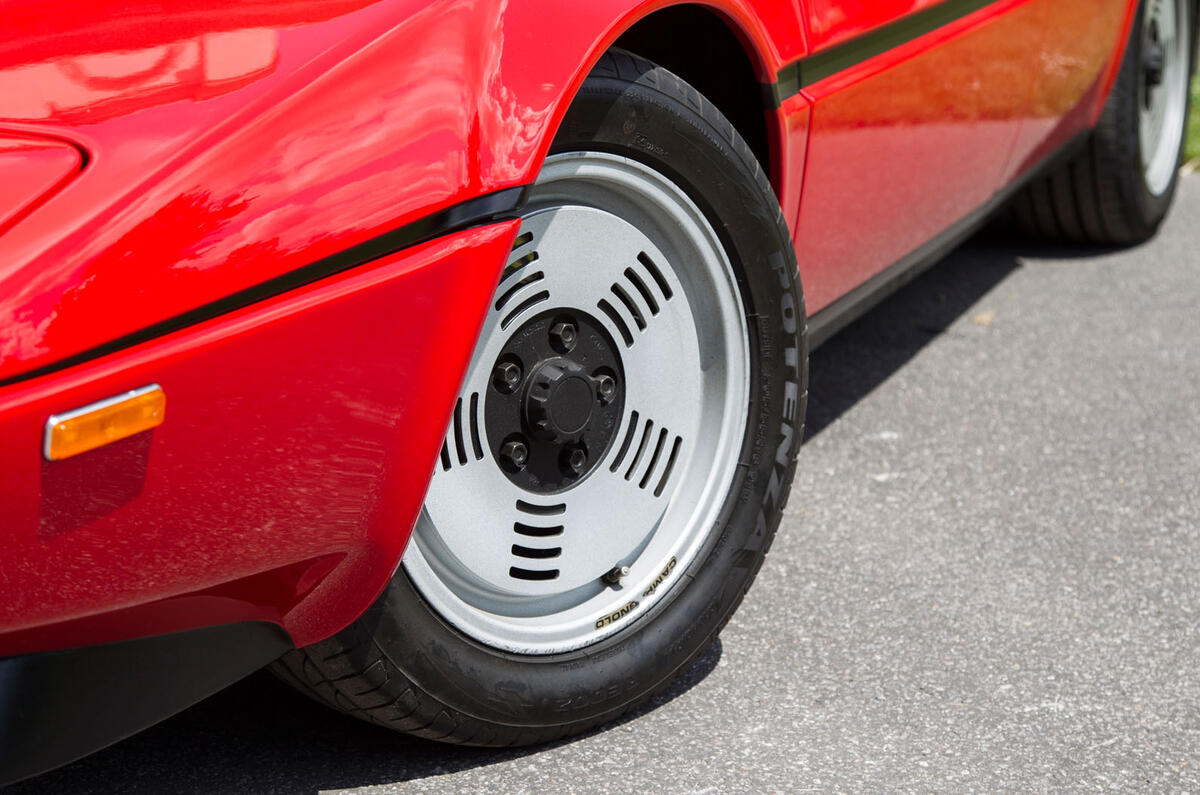
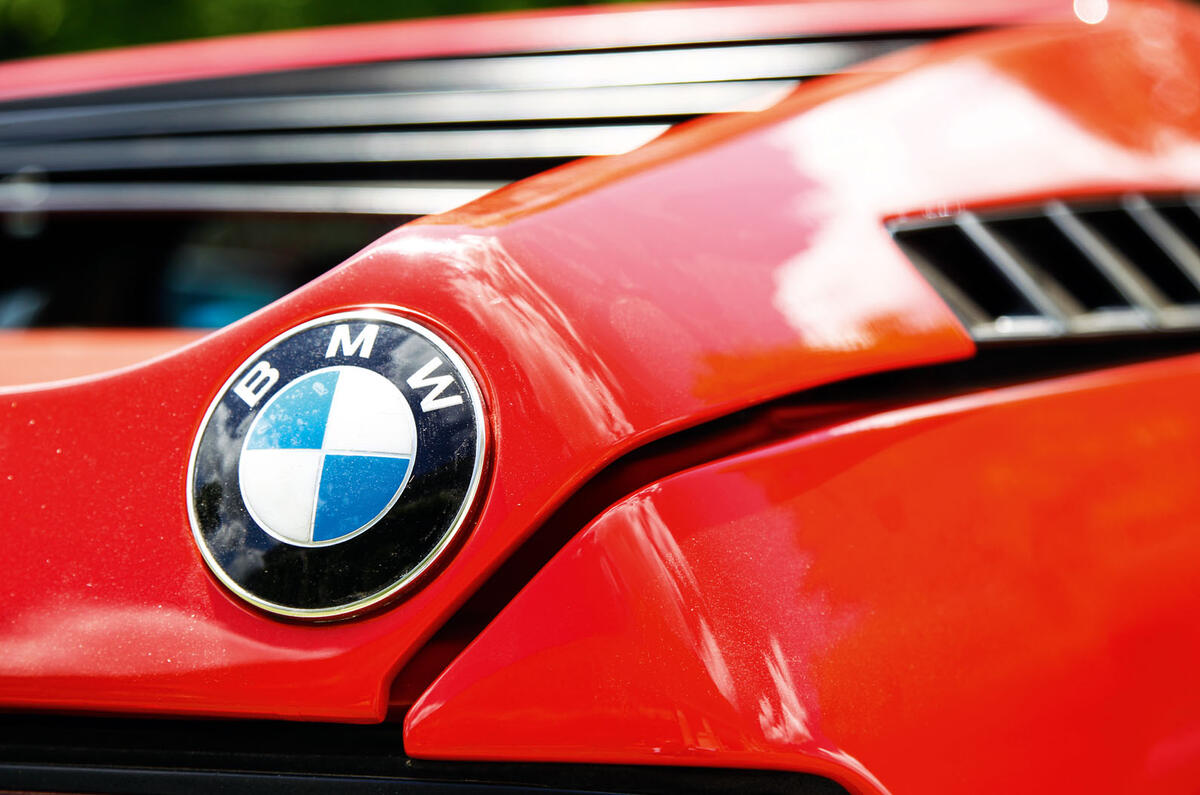

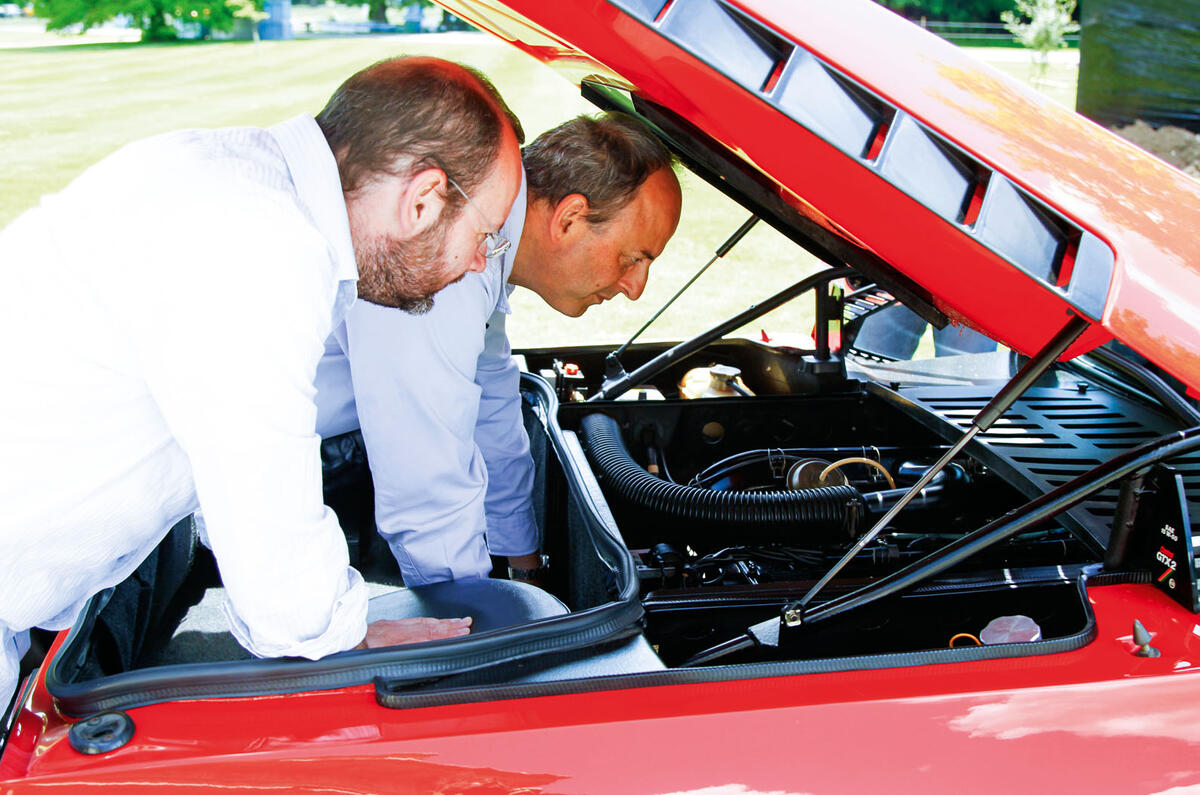
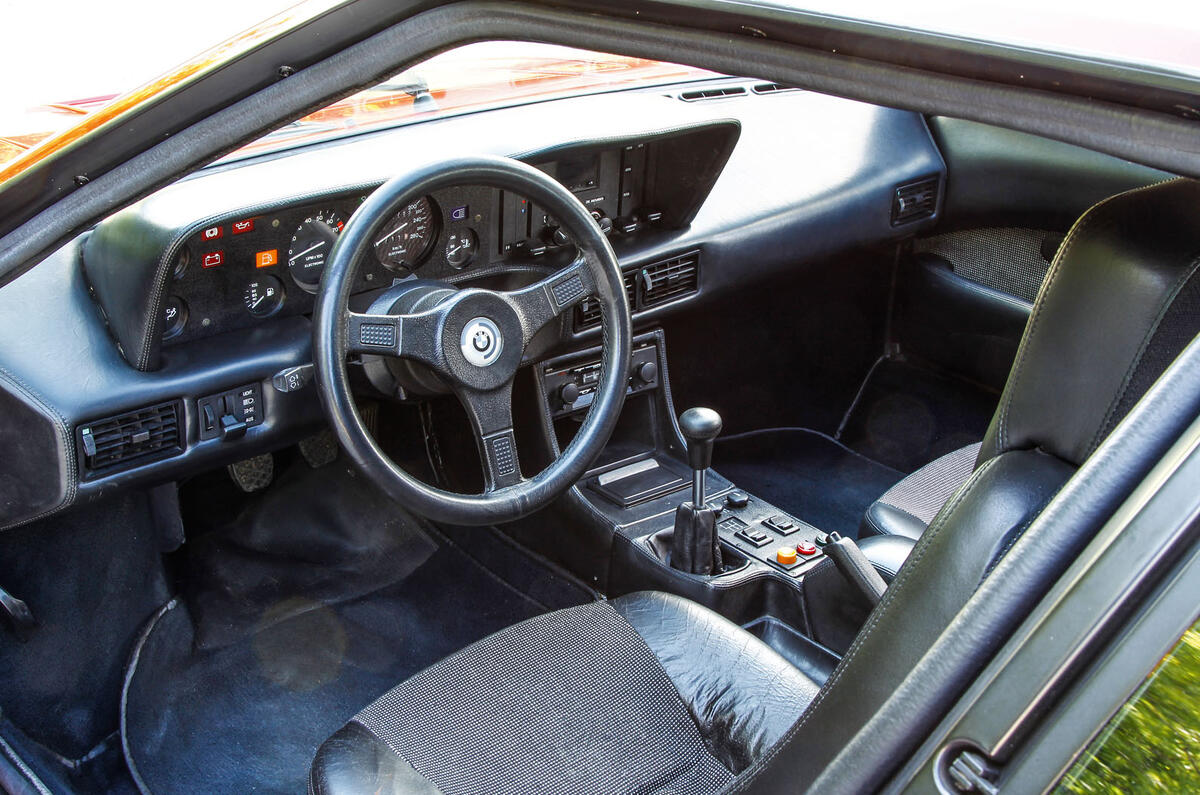
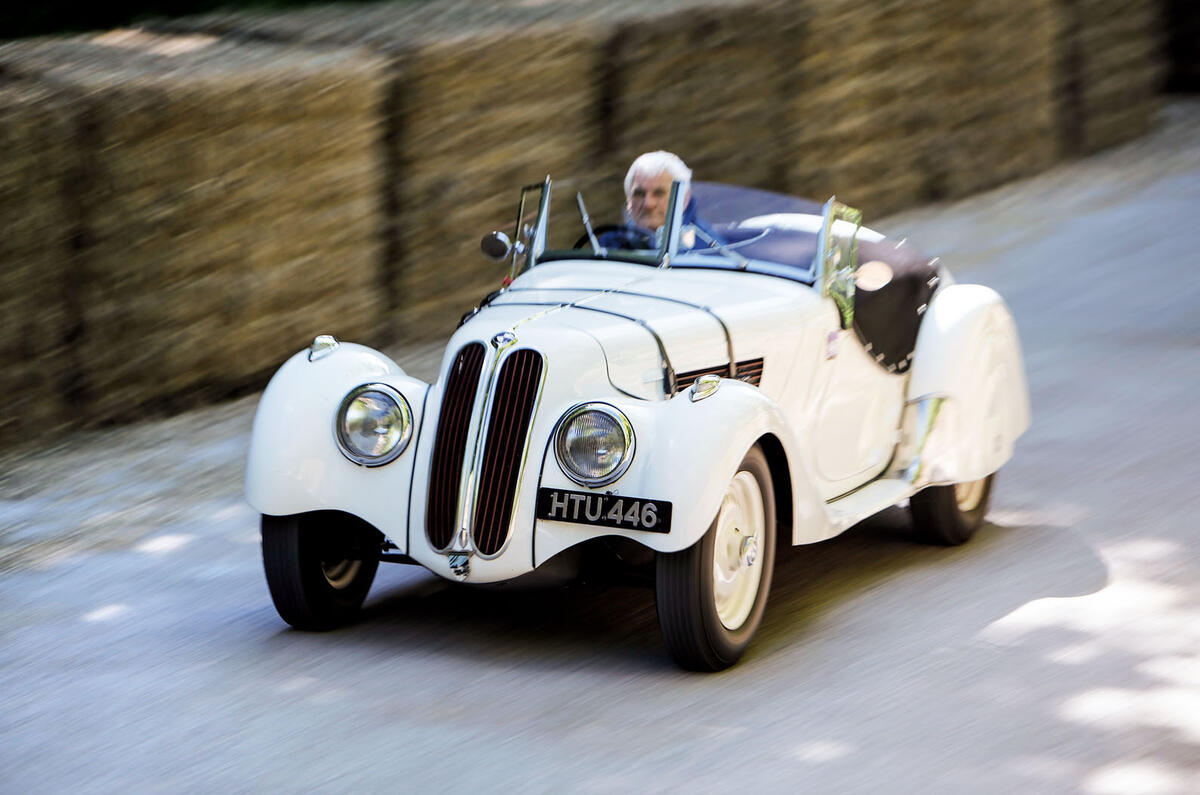
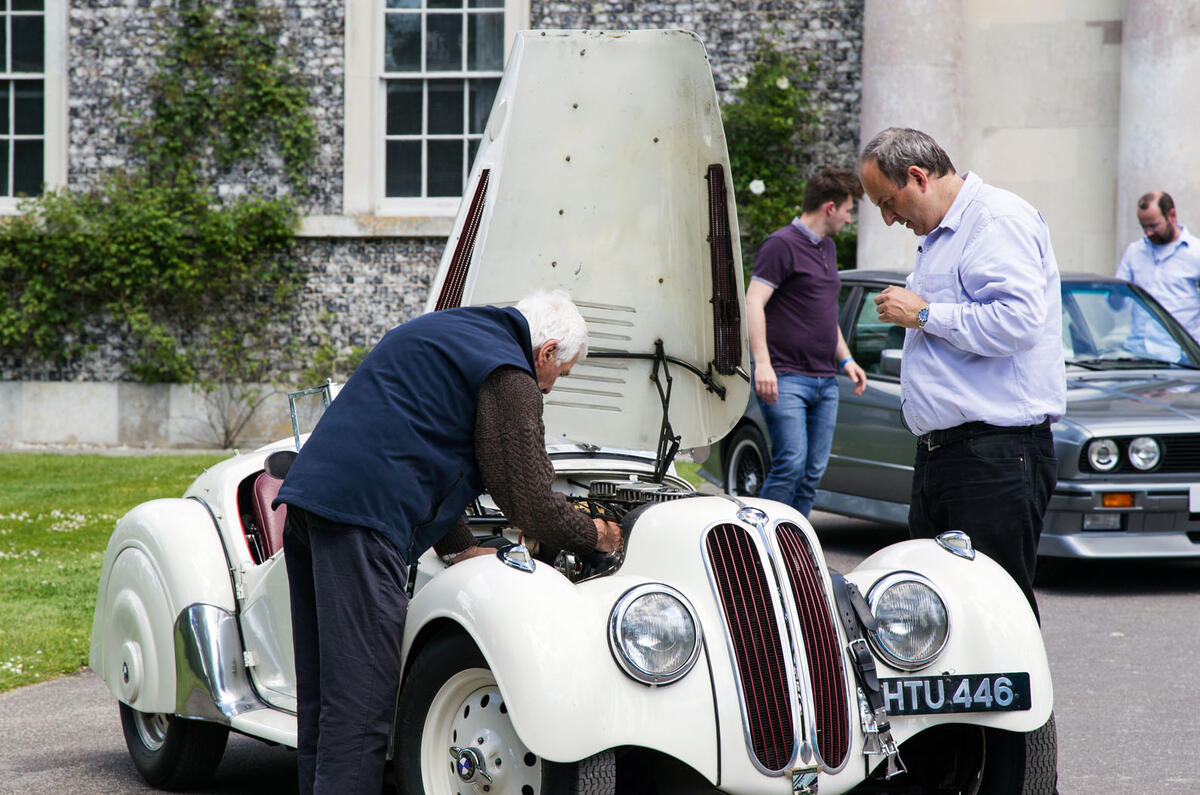
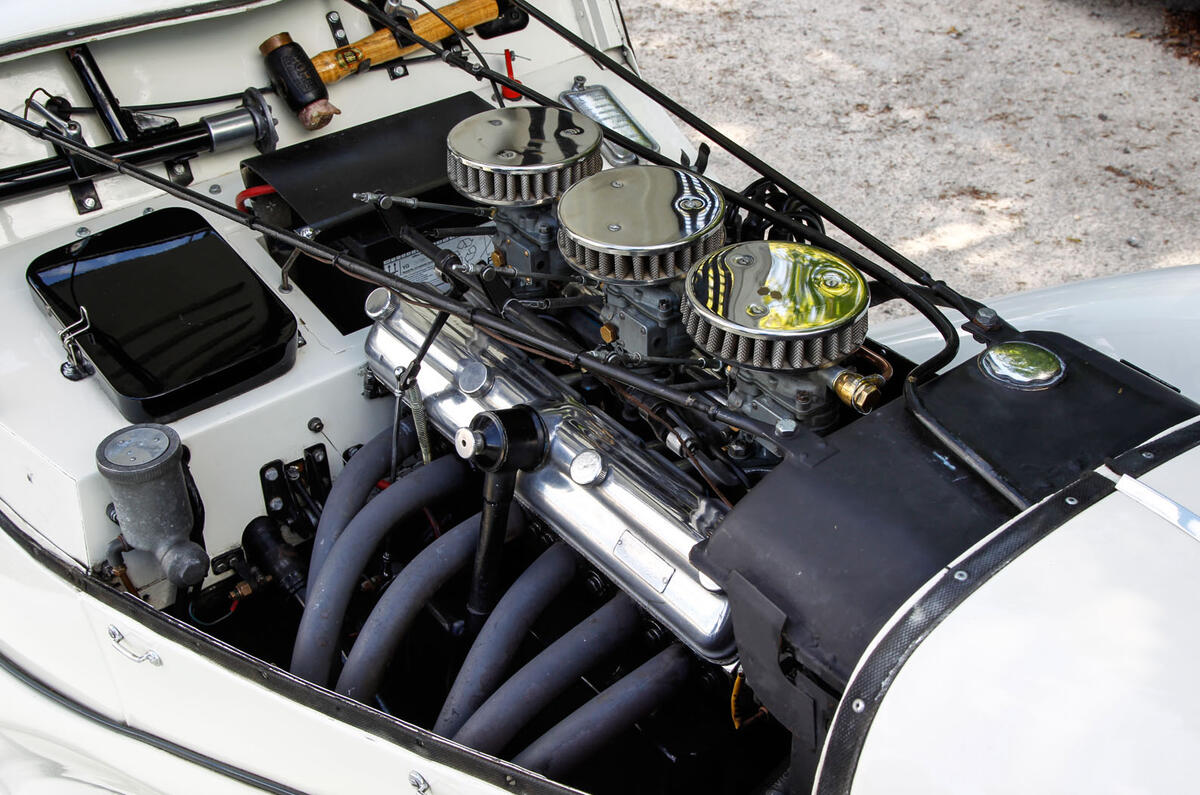
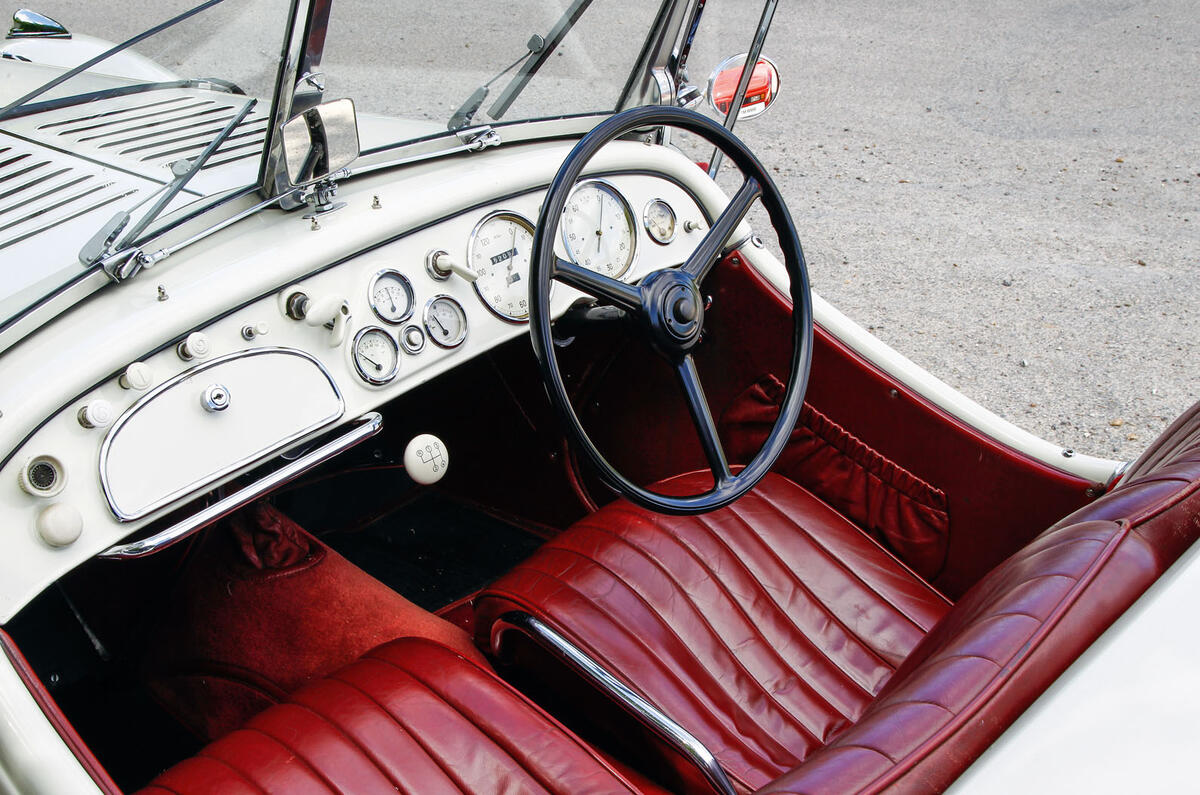

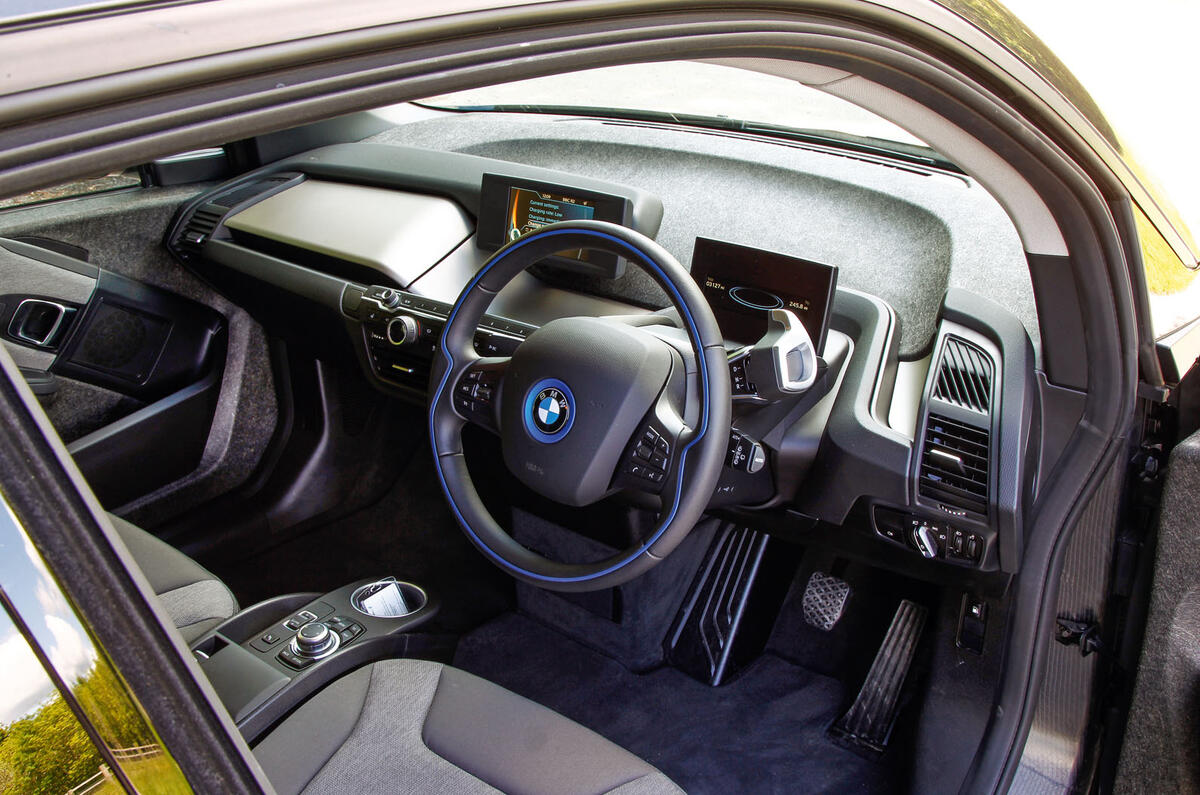

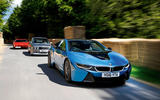
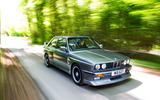
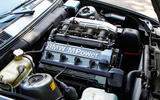
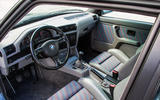
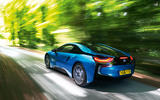

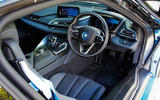
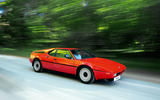
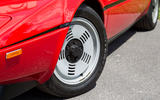
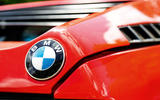
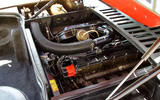

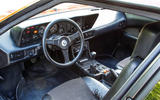
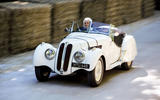
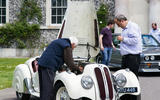
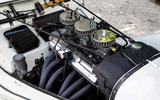
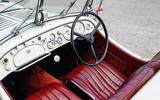

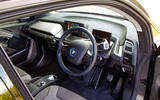


Join the debate
Add your comment
5 Greatest Car
No Argument...
I see there has been a lot of complaining about the top five list but the magazine artical was better as it listed ALL of the BMW greats.
Ultimately though, it comes down to personal preference and everyones top five will be different. For me I would definitely put an E39 of some sort up there.
Off to my BMW Dealer !